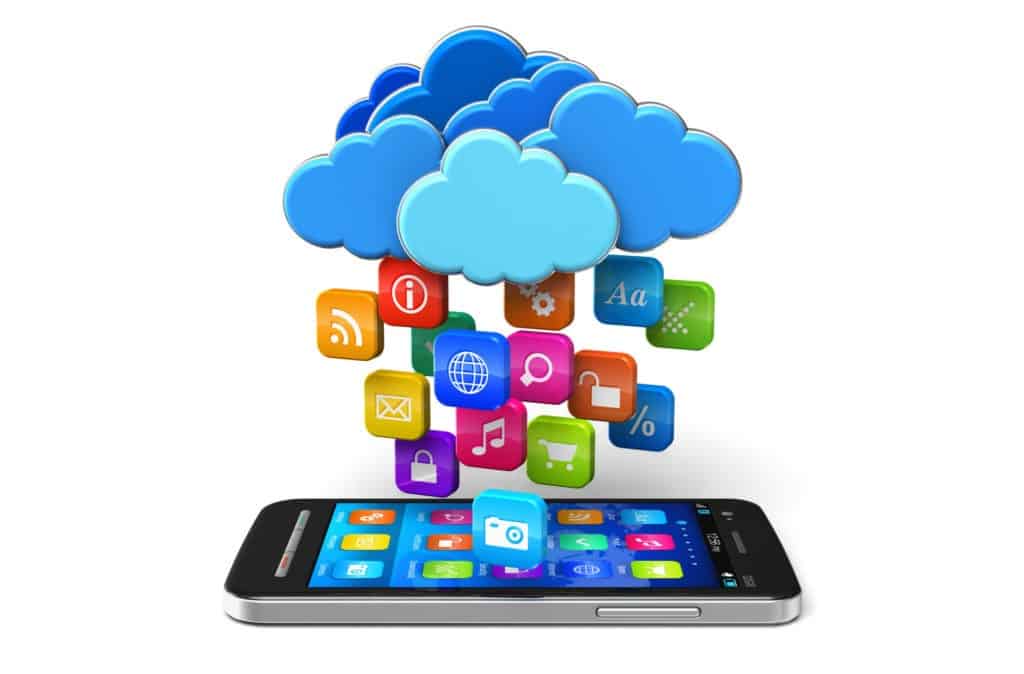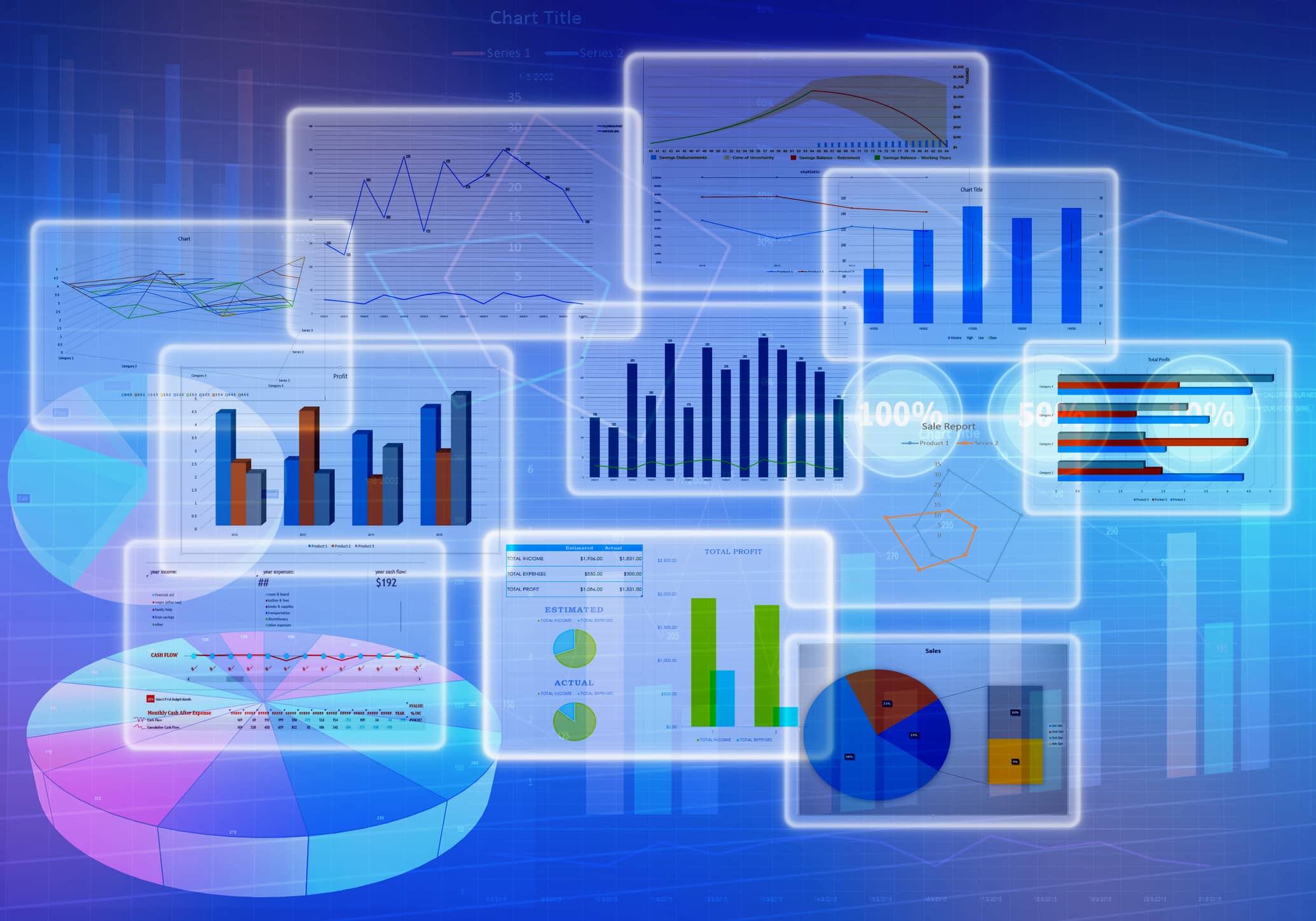I am not an avid Apple product user, but the line “there’s an app for that” (which I believe they ultimately trademarked) holds true in most circumstances.
Recently, it seems that new apps with the most publicity do not solely focus on novel solutions to problems, instead they represent modifications to prior concepts and do it with a snazzier UI, greater efficiency, or just a more robust offering.
As mobility and apps become the go-to method for data collection, interaction, and communication, it becomes more critical that apps actually deliver on their proposed value proposition – especially in Healthcare. Within Healthcare, there is a tremendous influx of mobile health apps, further magnified by wearables, that allow users to track health data – heart rate, steps, BMI, check-ins, calorie trackers, etc. Check out this infographic for some staggering and insightful statistics. Who knew there were 97k + apps related to health and fitness?!
This suggests that greater access to data and information leads to better results. Unfortunately, this is not always the case.
Data is only as good as its utilization.
Major mobile players like Samsung and Apple are dedicating vast resources towards capturing this market by embedding and leveraging sensors within their smartphones to track this information; directly competing with wearables. On the other hand, large healthcare organizations (such as payers and integrated delivery systems) are recognizing the value of apps or tools as extensions of their offerings. This allows them to drive higher engagement with their captured audience and expand influence throughout the market for better outcomes.
The biggest problem that still remains is the lack of data aggregation across apps. In other words, these apps are now a microcosm of the interoperability problem that healthcare has struggled with for a while. “Actionable” results are hard to come by when the data is disparate and disconnected to other aspects of our lives.
There is hope, as the app market evolves faster than other technology.
As standalone apps are being created, so are “aggregator” apps that consolidate information across the app-osphere. These apps have recognized the value of coordinating multiple data sources into unique packages and interfaces that can produce actionable plans and insights into our lifestyles. The goal being to provide the right tools, with the right information, so that we have the power (if we choose) to truly change the way we manage our health.




